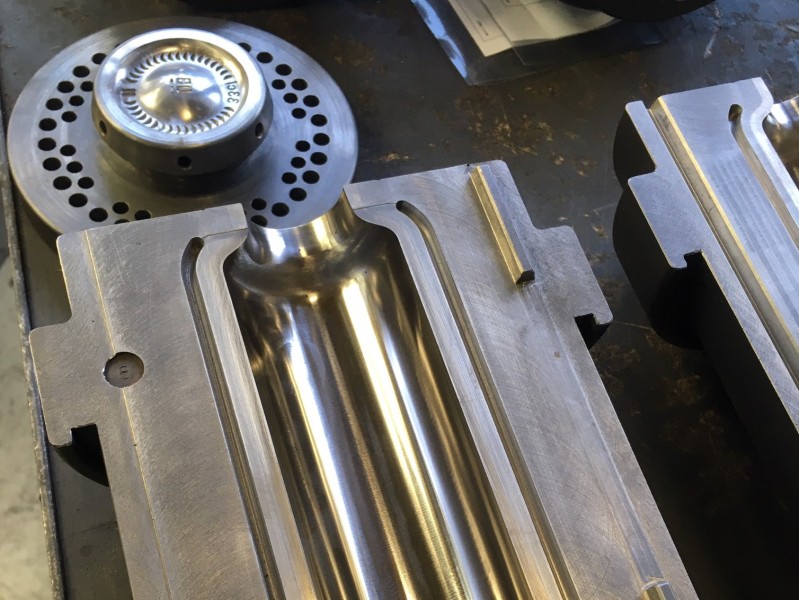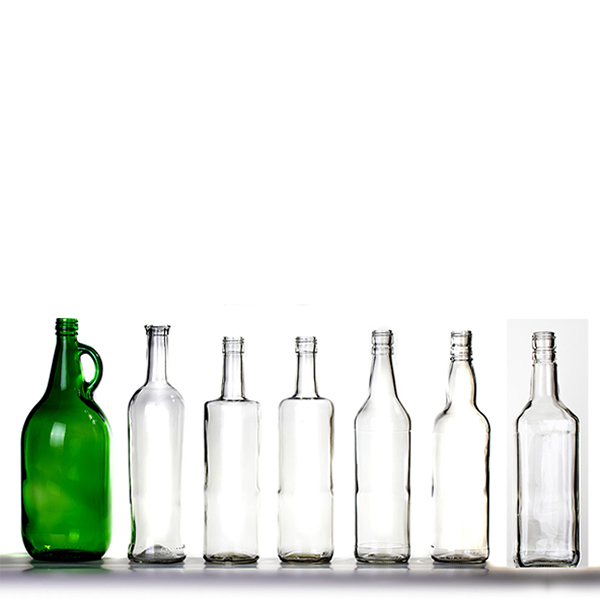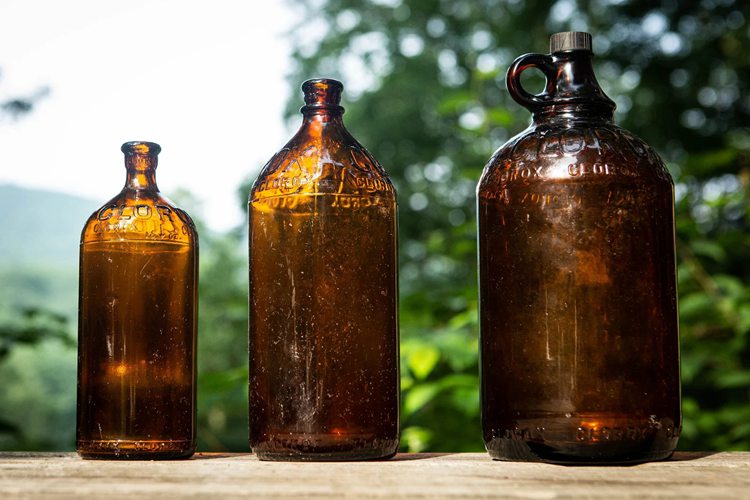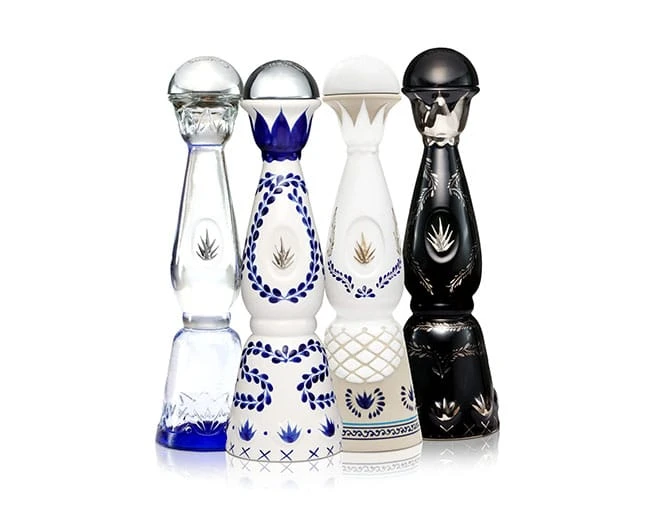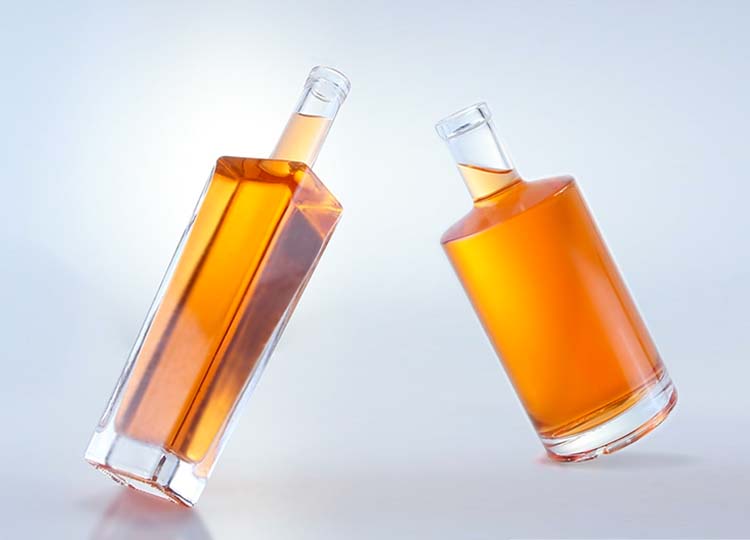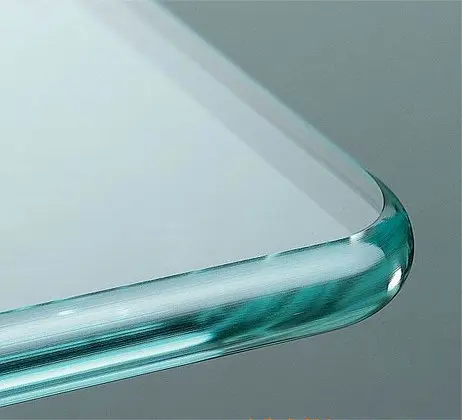Everything from liquor to milk, medicines and even ink seemed to be housed in glass bottles. Whether you find them at garage sales, antique stores, or buried in the ground, collecting antique glass bottles can be fun (and very productive, depending on the bottle). If you’re looking to start your own collection, check out these six things to consider when looking for a bottle!
- Color
Color is one of the most noticeable characteristics of an antique glass bottle and in many cases is one of the most important attributes when determining a bottle’s value. As a general rule of thumb, light green, basic amber, green, black and dark olive green Colors such as chroma are relatively common and thus fall in the low-to-medium value range. Less common colors such as teal, cobalt blue, amethyst, straw yellow, or sapphire blue tend to be more valuable than their clear or plain color counterparts.
- Age
The markings on the bottle directly affect its value. Some markings show how the bottle was made, and how old it is. The Pontil mark usually indicates an older bottle, which is sometimes more valuable.
- Labels and accessories
In some cases, the most important thing is not necessarily the bottle itself, but the bottle and its accessories. Some of the items that can make a bottle more valuable include the original label, wrapping paper, box and even the original contents of the bottle. - Conditions
Once you’ve assessed your bottle in terms of colour, age and fittings, you must consider its condition. Bottles that are in pristine condition – those that are free from damage, chips, discoloration, or blemishes of any kind – hold the highest value. Bottles that are near perfect or in very good condition have minor wear, but are near perfect and therefore worth almost as much as bottles in mint condition. Finally, the grades Good, Average and Poor describe bottles with some wear, heavy wear and extensive damage, respectively. - Rarity
Even in good or bad condition, an extremely rare bottle can bring in a lot of cash. In contrast, relatively common bottles may need to be in perfect condition to bring in the same amount of money. - Bottle type
Finally, collectors consider the bottle’s original use. Some of the most interesting, and possibly most valuable, uses collectors find include bottles for medicines, poisons, hair products, or old ink.
Considering these six categories can help you assess whether your antique bottle is valuable. If your bottle scores highly in any of these categories, please do not recycle it. Instead, evaluate it and consider selling it to a collector.


